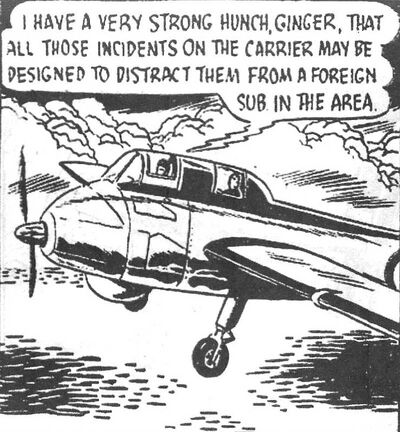The Short Seamew was developed in the 1950s as a replacement for the Grumman Avengers which the FAA was then phasing put. It was designed as a light and simple anti-submarine aircraft which could be deployed in large numbers in response to a concern about the growing number of Soviet submarines. Its simple design was intended to allow it to operate with minimal support on board escort carriers and for shore-based operations by the Royal Naval Volunteer Reserve. The aircraft has been described as "a camel among work-horses". It had an ungainly appearance, with the crew in tandem cockpits sitting high above the turboprop engine, very long undercarriage legs and a tailwheel, in order to give clearance to the radom mounted under the nose. Unsurprisingly, the Seamew was unpopular among crews. It was underpowered and suffered from poor nd unforgiving handling characteristics.
The Seamew first flew in 1953 but was retired in 1957 after only 24 production models were built. By this time, British defence doctrine had shifted towards nuclear deterrence and the Seamew was deemed unnecessary.
The Seamew and Biggles[]
In the Action Comics story The Submarine Spies, Biggles and Ginger flew a Seamew off a carrier in the Bay of Biscay to search for a submarine which Biggles suspected was operating in the area. They dropped a sonobuoy, detected the submarine and depth charged it, forcing it to surface. The Seamew was later shot down by the submarine.
In the Action Comics story The Pirate Sub, Biggles and Ginger flew a Seamew out of Singapore to look for a submarine which had been attacking British munitions ships in the Indian Ocean.

